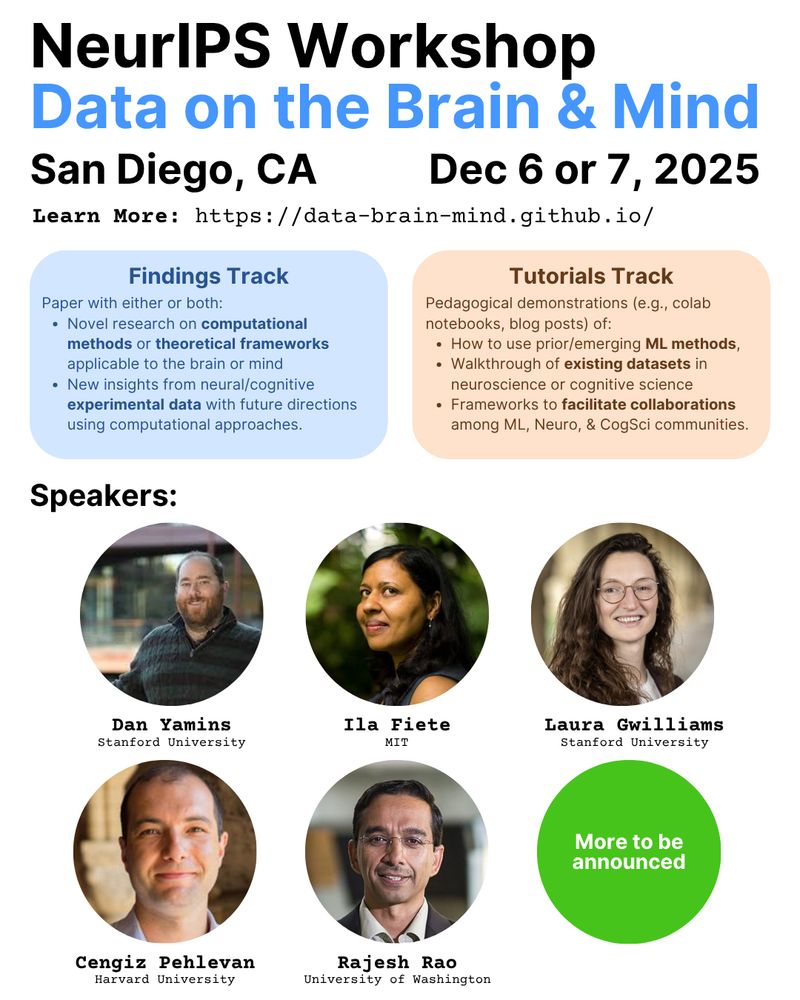Vivek Myers
@vivekmyers.bsky.social
130 followers
68 following
24 posts
PhD student @Berkeley_AI
reinforcement learning, AI, robotics
Posts
Media
Videos
Starter Packs
Reposted by Vivek Myers
Reposted by Vivek Myers
Reposted by Vivek Myers
Reposted by Vivek Myers
Vivek Myers
@vivekmyers.bsky.social
· Feb 14
Vivek Myers
@vivekmyers.bsky.social
· Feb 14
Reposted by Vivek Myers
Reposted by Vivek Myers
cathy ji
@crji.bsky.social
· Feb 4
Vivek Myers
@vivekmyers.bsky.social
· Feb 4

Horizon Generalization in Reinforcement Learning
We study goal-conditioned RL through the lens of generalization, but not in the traditional sense of random augmentations and domain randomization. Rather, we aim to learn goal-directed policies that ...
arxiv.org
Vivek Myers
@vivekmyers.bsky.social
· Feb 4













